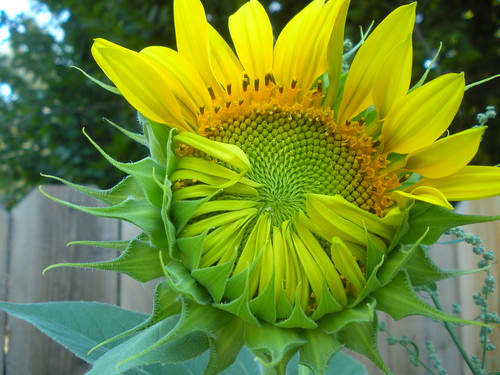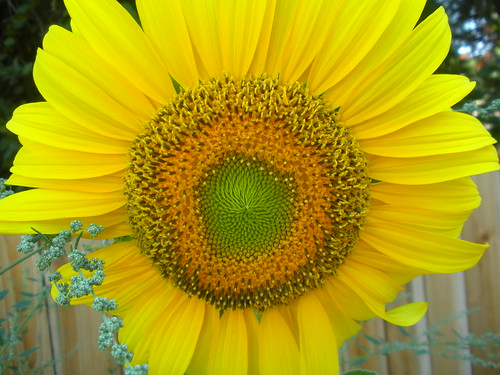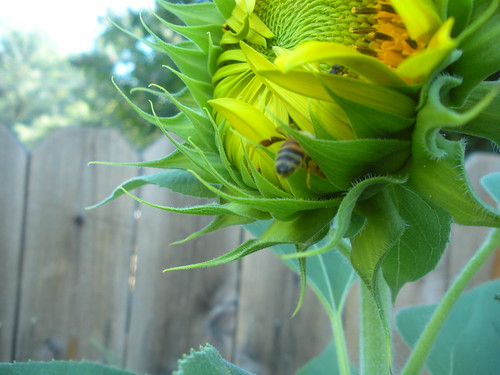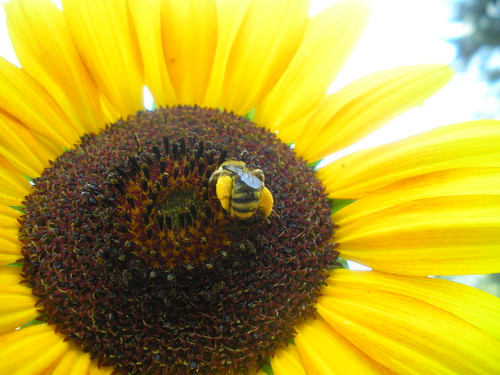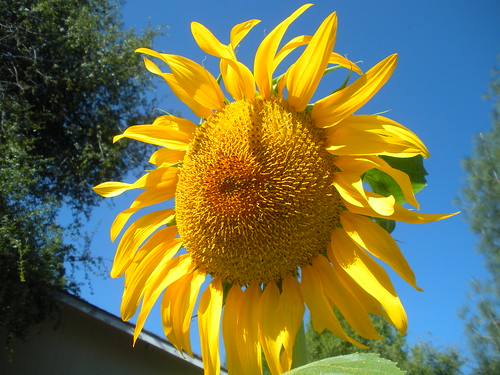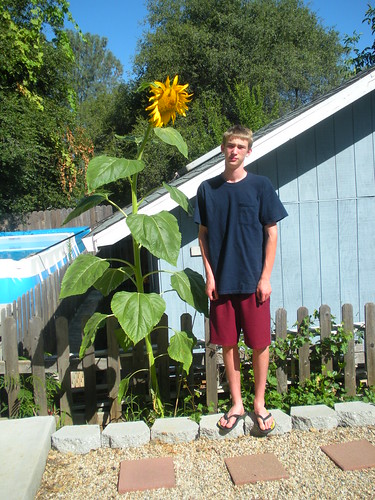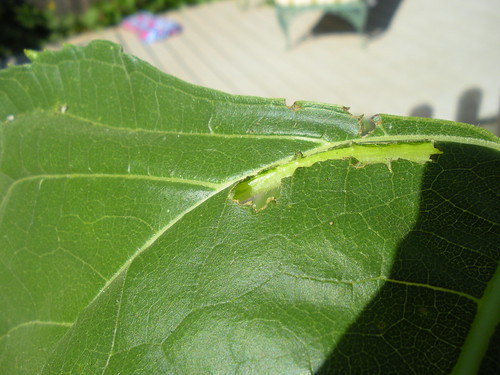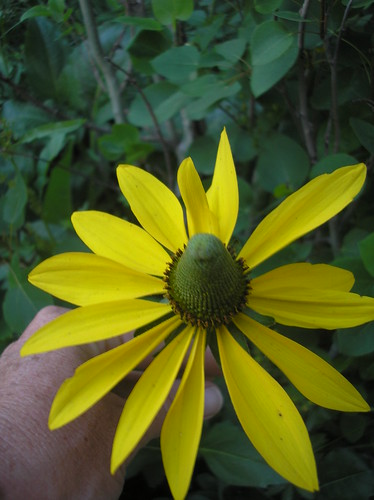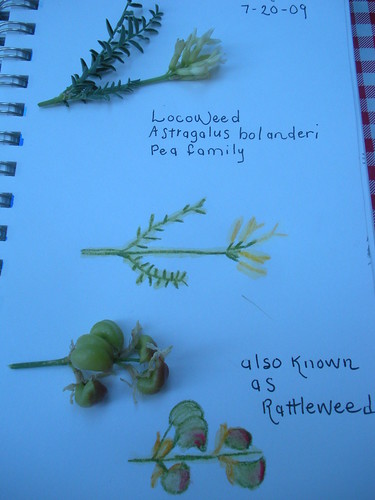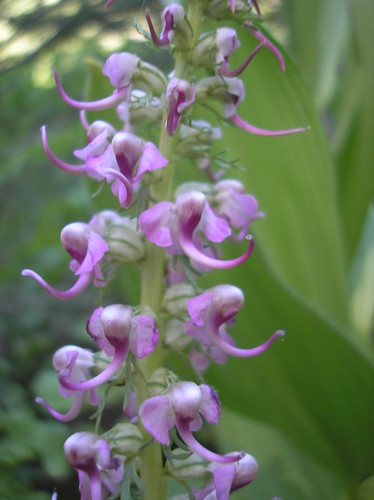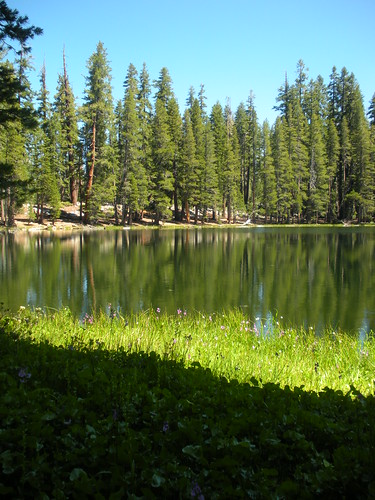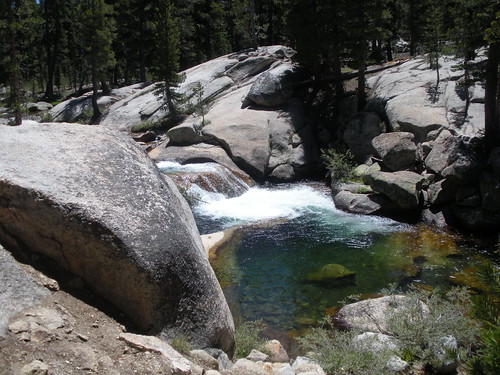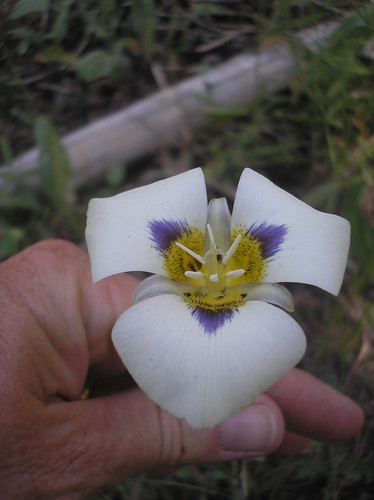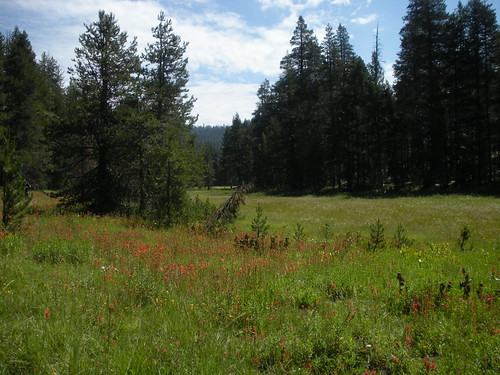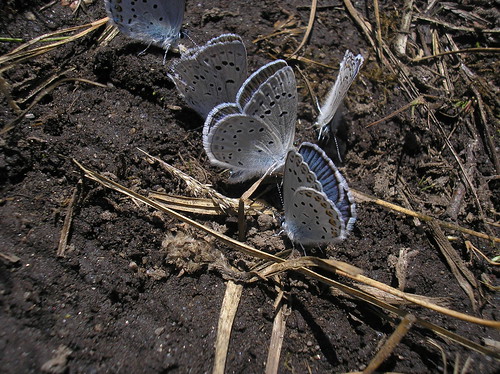With over 250 entries and a judging panel that includes some of the biggest names in British art, music and fashion, Urbis has announced the winners of this year’s Best of Manchester Awards.
We all love Manchester, there’s something of a northern cool about this place, look at its history with music – Joy Division, New Order, Happy Mondays, Stone Roses, Oasis, Badly Drawn Boy – need I say more? There’s also the uber cool
Afflecks Palace and a host of museums and galleries, as well as the
Manchester International Festival. You’ve got to admit, there’s something special about Manchester.

The Best of Manchester Awards, organised by
Urbis, celebrate innovation in art, music and fashion. Open to anyone that lives or works in Manchester, candidates this year stood a chance of having their work judged by a panel of industry experts that included
Peter Saville,
Wayne Hemingway, the Turner Prize winning artist,
Jeremy Deller, Tim Marlow (
White Cube, London), Miranda Sawyer, Yvette Livesey (In The City) and Luke Bainbridge (Observer Music Monthly). Together, the panel of judges selected just three winners:
THE WINNER OF THE BEST OF MANCHESTER ART AWARD 2009 IS OWL PROJECT.
Owl Project is an art collective comprised of three artists: Simon Blackmore, Antony Hall and Steve Symons. Drawing on a wide range of influences and interests – including woodwork, hobby-style electronics and open source software - Owl Project has produced a range of semi-sculptural musical instruments that have been exhibited across Europe and premiered at events such as the
Sonic Arts Network EXPO,
Lovebytes and
Futuresonic. These portable ‘rustic’ instruments, with names such as the iLog, m-Log and the Log1k, are working digital instruments that mimic popular handheld gadgets such as the ubiquitous iPod. The only difference is that Owl Project’s instruments are crafted from simple, untreated pieces of wood.

The Log1k was Owl Project’s first such foray into art, electronics and woodwork. ‘There was something about the image of the performer standing behind a log that made us laugh,’ said the collective, describing an artwork created at a time when many musicians were using laptops during live performances. ‘But it also felt really natural to be working with the raw materials of wood, batteries and switches.’ The Log1k evolved from pastiche to an instrument capable of producing complex polyrhythms, and drew interest from musicians, designers and software developers. ‘It stands in resistance to music made within the rigid structures of commercial audio software,’ said the collective.
THE JOINT WINNERS OF THE BEST OF MANCHESTER MUSIC AWARD 2009 IS JAYNE COMPTON AND MAX MORAN
For the first time, the Best of Manchester judges have decided to award a joint first place in the music category. This decision reflects the very high standard of entries, and the complimentary, but equally impressive, skills of both winners.
Jayne Compton was selected by the judges because of a diverse portfolio of work that includes the long-running experimental club night, Club Brenda, ‘a genuinely uncompromising underground art happening’, according to Compton, which blends live music, art and performance. Compton also won praise for her Switchflicker Records label and an upcoming Arts Council book, Strange Trees (which incidentally features illustration from BOMA art nominee, Rachel Goodyear). ‘Established in 2000, Switchflicker has given voice to some of Manchester’s most esoteric performers, such as Divine David and Chloe Poems, whilst remaining tuned into new pop talent, including 2008’s surprise hit, the Ting Tings, who launched their career at the label,’ said Compton. Compton’s current signing, Magic Arm, is fast becoming one of the most talked about acts in the country, while Compton herself says, ‘We bring Manchester’s contemporary art scene together with the underground music scene – following in Manchester’s punk/art tradition.’

Max Moran was selected by the judges for an energetic portfolio of work that includes the video-based music blog, ThisTownSounds.com, his sell-out club night, Hot Club, its laid back sister session, Hat Club and, more recently, Moran’s burgeoning record label, Hit Club. Running since 2007, ThisTownSounds has premiered White Lies’ first ever filmed interview, as well as early performances from the likes of Florence & The Machine. Moran won particular praise for his entrepreneurial attitude and his contribution to the music scene in Manchester as a whole. As well as managing much of the filming and writing for his blog, Moran also puts on club nights, handles their promotion, runs a weekly Friday night session at Trof in Fallowfield and is in the early stages of setting up a record label. ‘Hot Club has been constantly involved in the evolution of the Manchester music scene,’ said Moran, ‘whether it be its involvement with new venues such as Blink, The Chapel, Redrum and The Corner or its support of new local bands and artists.’
THE WINNER OF THE BEST OF MANCHESTER FASHION AWARD 2009 IS HOLLY RUSSELL
Holly Russell is an alumnus of
Manchester School of Art whose shimmering, stunning graduate collection features hundreds of hand-sewn scarab beetle wings. Russell has also collaborated with a metal worker to incorporate aluminium into her designs and an astronomer to create embellished digital prints. ‘Working with unusual materials I am able to create interesting surface textures, which helps make my designs very bold and distinctive,’ said Russell. ‘I do not conform to creating generic clothing…I prefer to look at the body almost as a plinth to display beautiful designs and creations. When worn, I consider my garments as works of art that come to life.’ Hugely ambitious but with a realistic approach to the fashion industry, Russell has already taken part in a placement at the independent label, Aminaka Wilmont and, later this year, hopes to take up an MA in Fashion Womenswear at the renowned
Royal College of Art.
Each category winner received £2,000, as well as a 12-month professional development package - designed to help them kick-start their career with the kind of contacts and professional development that money can’t buy. It’s well worth a visit, because, based on the stellar work of these individuals, I think we’ll be seeing much more of them in the future.
The Best of Manchester exhibition runs until 20 September.
www.urbis.org.uk

 Outdoor Hour Challenge
Outdoor Hour Challenge 



























